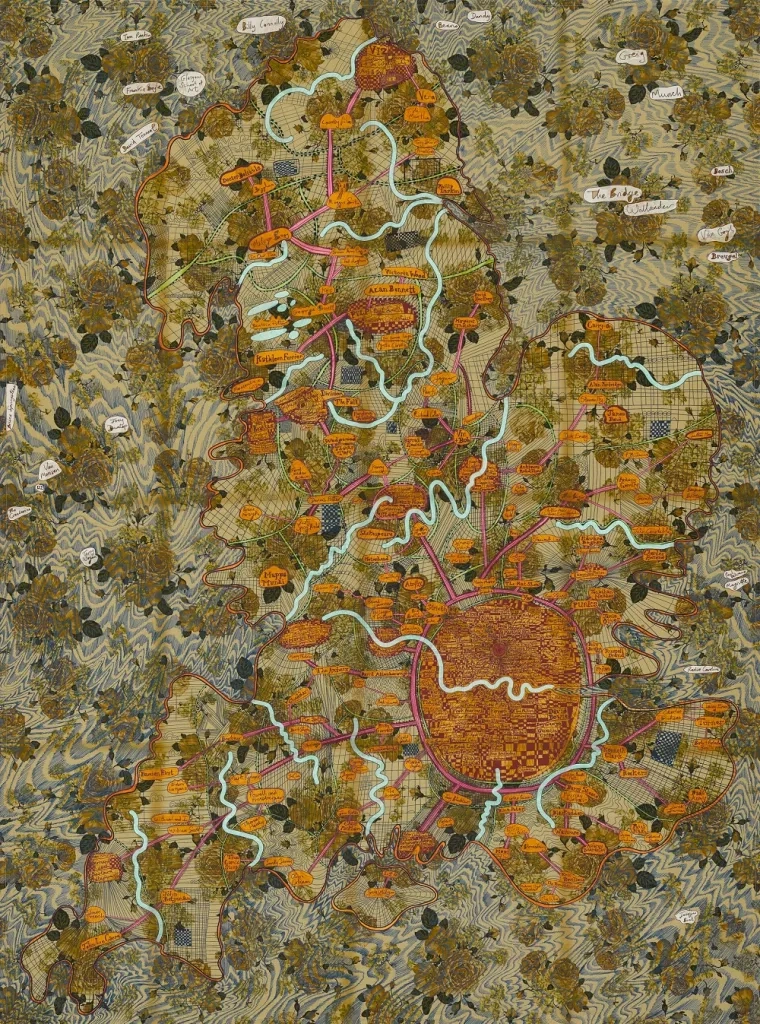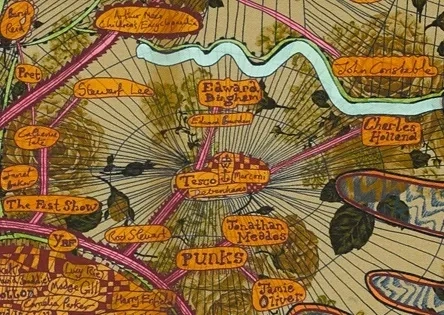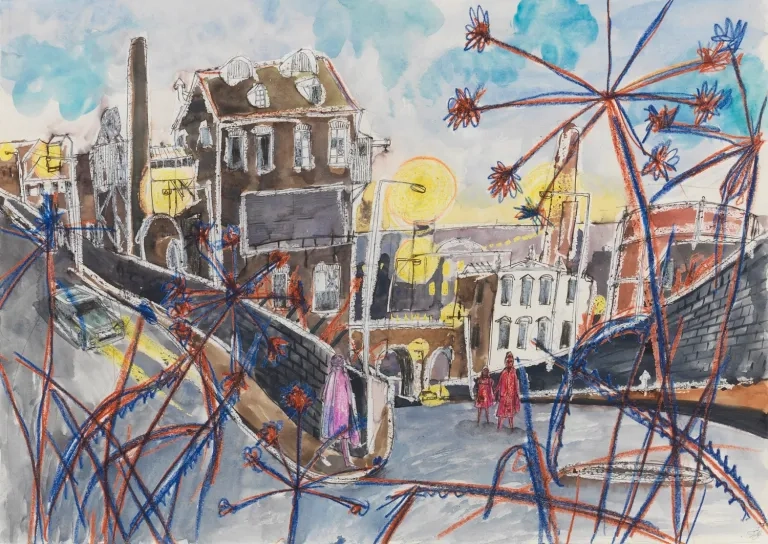Chelmsford Museum’s 2022 acquisition highlights
Arts Council England has recognised Chelmsford Museum’s Roman ‘hoodie’ figurine as one of the most notable acquisitions for museums in the last 70 years. The rare 66mm figurine of a British archer is made from copper alloy and dates to 43–410 AD. It’s depicted wearing a woollen hooded cloak known as a Birrus Britannicus – better known today as a ‘hoodie’.
The tiny treasure features in an Arts Council article celebrating the 70th anniversary of the Waverley Report and the Reviewing Committee on the Export of Works of Art and Objects of Cultural Interest (RCEWA). The RCEWA have played an important role in keeping national treasures in the country. Using the Waverley Report’s set criteria, they advise whether a cultural object intended to leave the UK is a national treasure.
The committee was key to Chelmsford Museum’s acquisition of the Roman figurine. It made the decision to bar export of the object in 2017. This gave the museum the opportunity to purchase it with funding from an American donor.
The figurine features alongside other national treasures saved for UK audiences, including Jane Austen’s ring, an anthropomorphic crab, and Edouard Manet’s ‘Portrait of Mademoiselle Claus’.
Chelmsford Museum continues to collect objects to reflect the ever-changing story of Chelmsford. Inspired by the Arts Council, we’ve decided to take a look at the wide range of items acquired by Chelmsford Museum in 2022.
Gold Bronze Age ring from South Woodham Ferrers
A late Bronze Age gold-plated copper alloy ring found in South Woodham Ferrers by a metal detector.
The ring is just 15mm in diameter and 4mm thick, and was generously donated by the Friends of Chelmsford Museum.
Investigation by the British Museum revealed it was probably worn on the ears or nose of a high-status individual. It’s formed from a single gold sheet rolled into a curved tube, with a seam along the inner edge. Such rings are a common find across England and Ireland, with examples also found across northwest Europe, Scotland and Wales.
Few examples have been dated through associated finds. However, recent carbon dating from excavations in Cirencester and Co. Tyrone suggests that such rings could date back as far as the Middle or Late Bronze Age (1300–800 BC).
‘England as seen from Lockdown in Islington’ by Grayson Perry
A print of Grayson Perry’s personal interpretation of England, based on the cultural figures and personalities that have influenced him throughout his life.

The limited-edition print was created as part of the Channel 4 series ‘Grayson’s Art Club’, in which Perry and his wife, Phillipa, teach celebrity guests how to create art. The map is drawn on rose-printed curtains, with an eyeball towards the centre marking Perry’s current home in Islington. Around the eyeball, England’s key cultural figures and places are mapped.
Perry’s birthplace of Chelmsford is also mapped, with Marconi, Tesco and Debenhams reflecting what he remembers of the area. Perry has also added his own maker’s mark to Chelmsford – possibly highlighting the city as his place of origin.

Speaking earlier this year about the work, Grayson Perry said: “When I was working on this, I was thinking about how we were all travelling in our imaginations. I’ve put the floral material in the background there. So very English. It evokes an idea of England, but a kind of trapped, slightly stifling suburban idea of England.”
‘Untitled’ mixed media watercolour by Grayson Perry
A framed watercolour, crayon and pen on paper artwork by Grayson Perry, ‘Untitled’, 2003.

Growing up in Chelmsford, Grayson Perry has described the artwork as an amalgamation of memories from childhood.
The piece was purchased by the museum and part funded with a grant from the Arts Council England/ V&A Purchase Grant Fund.
Jubilee post box topper
A post box topper depicting a knitted figurine of Queen Elizabeth II surrounded by a teapot, cakes and flowers.

The piece was knitted by the Marconi Belles WI Yarnies group in celebration of the late Queen’s Platinum Jubilee in 2022 and installed on the post box outside the Tesco on Princes Road. It’s one of several objects collected by the museum this year to record the community’s response to the celebration of the late Queen’s long reign.
The Marconi Belles WI Yarnies said the topper “combined all of our craft skills in crochet, knitting, felting and cross stitch… the whole project left us with wonderful memories”.
Bust of engineer Henry Joseph Round
This bust of Henry Joseph Round (1881–1966) was made by Round’s daughter, Jeanne D. Round.
Round was born in 1881 and was an engineer and pioneer of early broadcasting technology. He joined the Marconi Company in 1902 working as Guglielmo Marconi’s personal assistant and later became chief engineer.
Round wanted to solve the problem of transmitting the human voice using radio waves. He was responsible for many important early developments which helped make the Marconi Company a world leader in radio broadcasting. In 1920, Round designed and built the transmitter that broadcast the UK’s first public live radio concert. The concert was performed by opera singer Dame Nellie Melba from the New Street factory in Chelmsford. Round later designed 2LO, the first BBC radio transmitter.
The bust was generously gifted to Chelmsford Museum by BAE Systems Applied Intelligence.
Roman steelyard balance weight
A weight from a Roman steelyard balance, in the form of a bust of the Roman goddess, Venus.
The piece is copper alloy and is filled with lead to make it into a weight. It would have been attached to a balance arm, while an item to be weighed would have hung from a hook at the other end (see illustration). The weight would then have slid up and down the balance arm until it balanced.

The piece was found by a metal detectorist in Writtle and purchased for the museum. Though evidence of Roman occupation is known from the Writtle area, Roman figurines or busts are a rare find.
See objects on display
You can see all the above objects and more on display over the coming months at Chelmsford Museum. The museum is open every day, 10am–4pm, including bank holidays.
Chelmsford Museum is free to visit. The museum team care for and conserve a large collection of objects and work to improve access to the collections through exhibitions, events and a learning programme. Help them continue this work by leaving a donation to ensure they can continue to provide free entry for those who need it.










